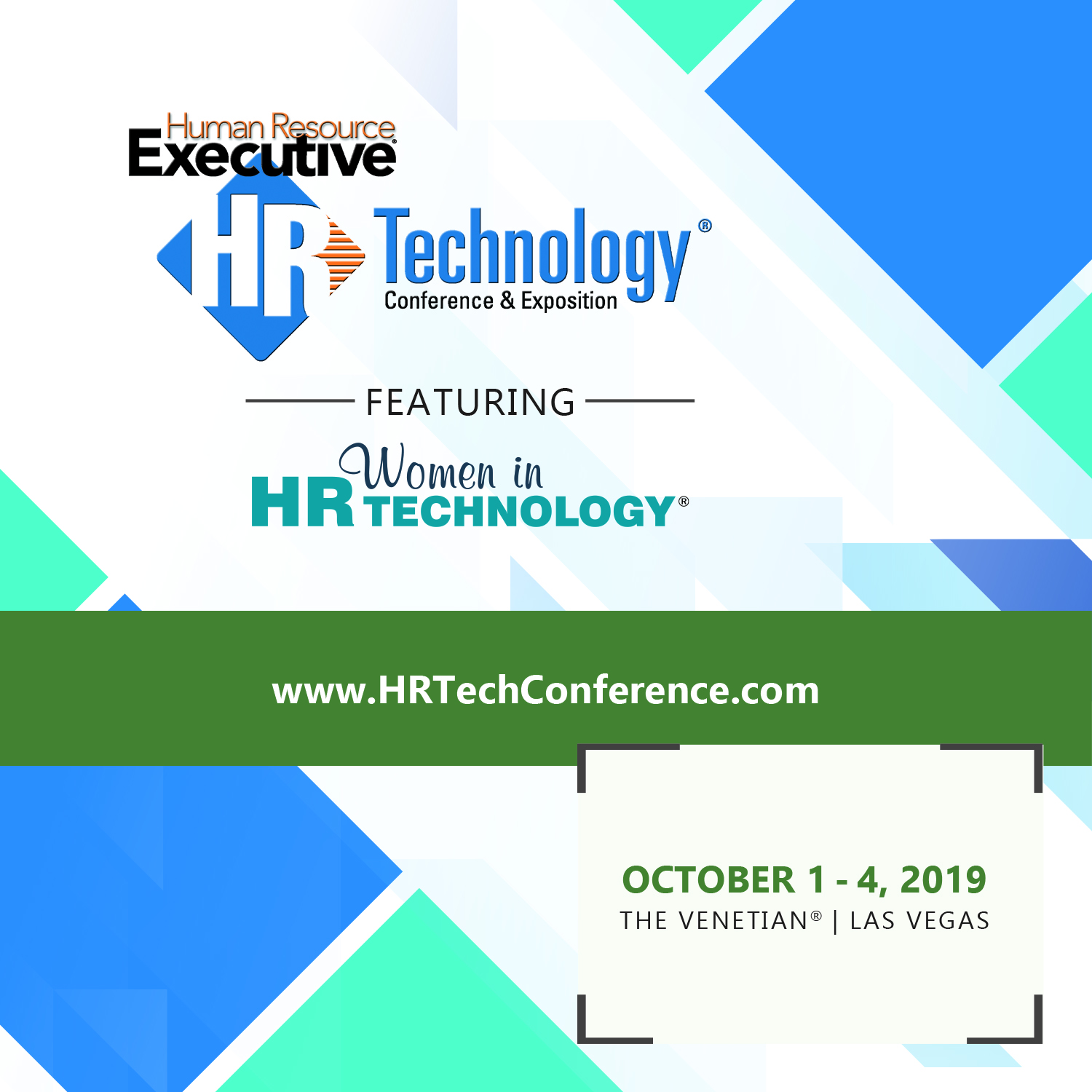Overexposure - no, not a Weinergate post
We are reminded once again from our pal Anthony Weiner about the dangers of overexposure. One person's 'refreshing level of interaction and community building' is another person's, 'Creepy stalking of a potential lunatic.'
But things are piling up over here at HR Happy Hour HQ, and I wanted to post links to a few events coming up here, (if nothing else, so I could refer to it, and know what I am supposed to be doing).
Today, Thursday June 9th at 1:00PM ET, I will be presenting a free webcast for the Human Capital Institute, underwritten by recruiting technology solutions provider SelectMinds. You can still register for the webcast here, and I will upload the slides to Slideshare (and embed them here), once the presentation is complete.
Update - as promised, the slides from the HCI Webcast are up on Slideshare here, and also embedded below:
Tonight, Thursday June 9th at 8:00PM ET, the HR Happy Hour Show (sponsored by Aquire), is back live, with a show called 'You Still Can't Fire Everyone'. My guest will be Fortune Magazine Editor and author Hank Gilman who will talk about his recent book, You Can't Fire Everyone: And Other Lessons from an Accidental Manager. You can listen live tonight on the show page here, or by calling in to the listener line at 646-378-1086. Cool graphic!
Cool graphic!
Next week, Thursday June 16th at 12 Noon ET, I will join Kris Dunn and Mark Stelzner for a free webcast/conversation called 'Authority on Talent', for the folks at Plateau Systems. KD, Mark and I will talk about HR’s role as the Authority on Talent in the organization, focusing on the following questions:
- What do HR leaders need to establish this authority?
- What’s different now from previous “seat at the table” moments for HR?
- What role does technology play?
It promises to be a lively and interesting conversation, and I hope you can check it out and join the fun.
Finally, today I am up on Fistful of Talent, having a good-natured debate with KD, on whether or not companies should automatically pay severance packages to so-called 'bad hires'.
And then looking ahead to the rest of June, we have upcoming HR Happy Hour shows on social recruiting, the influence of gaming and social competition on employee wellness programs, and a trip up to see our friends at Rypple as we take the show out on the road. And the second installment of the new 'HR Happy Hour - Europe' series will get organized this month as well.
Busy times and unlike our pal Congressmen Weiner, I promise to keep all communications on the straight and narrow.

 Steve
Steve




